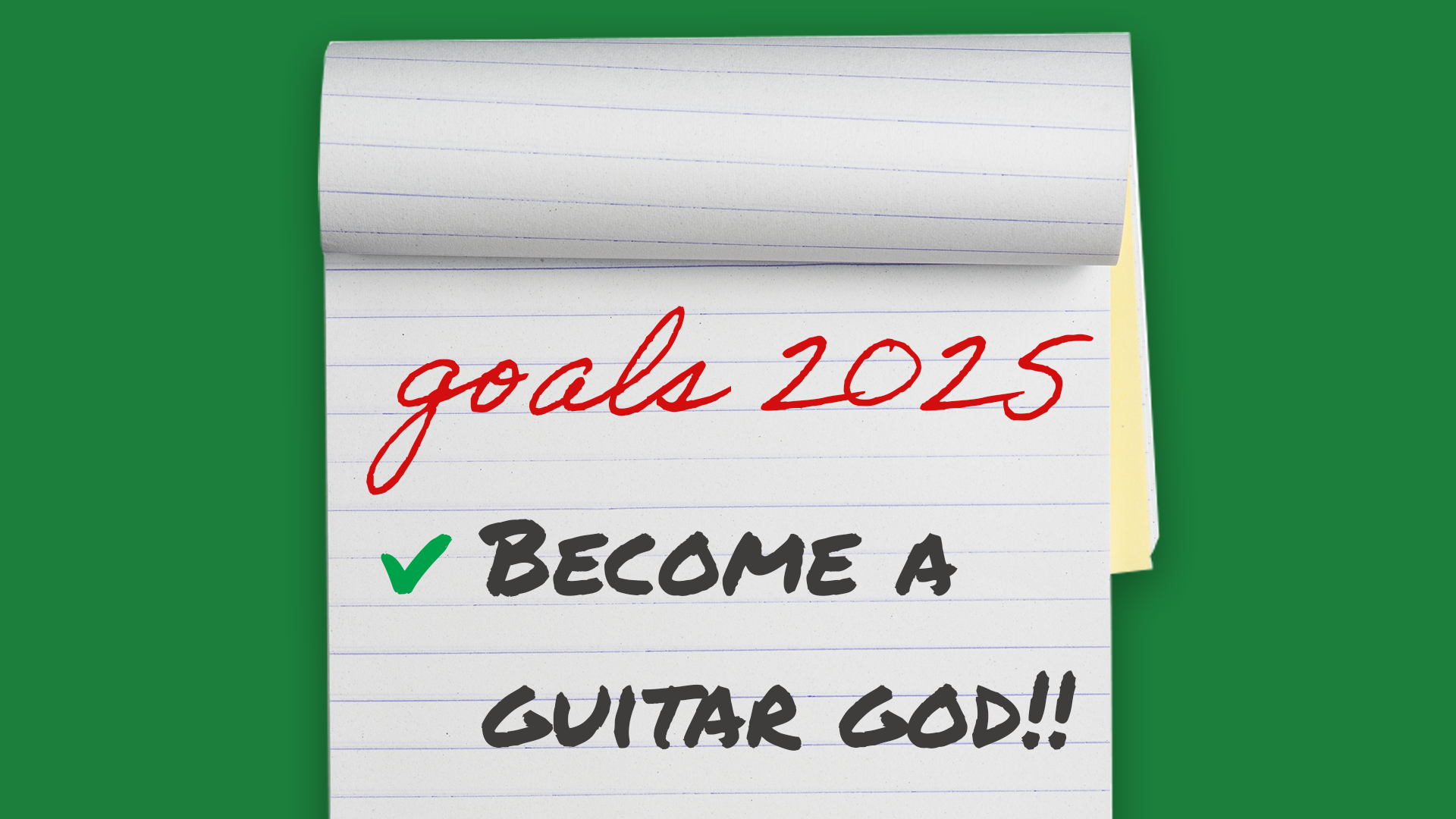Did You Know Songwriting Was This Simple?
People love to dance to a good pop song. Play them with their friends, or just have a good old-fashioned sing along. They are super catchy, and the good news is, they are super simple to write!
Good songwriters steal
Music is something you learn by doing. You could spend days learning all about why this chord works with that chord, which melody you should or shouldn’t use, and still not have a song to show for it. You’re going to learn more if you just pick up your instrument, give it a try, and see what works. Once you’ve done that, then you can go and figure out exactly what’s going on. Always let your ears be the judge whether you’ve written a good song or not.
If you don’t know where to begin, a great thing to do is look up the chords for one of your favourite songs and copy them. Why not learn from the greats? As you do this, you’ll start to see patterns between different songs. You’ll notice chord progressions that keep popping up over and over. You’ll learn how your favourite artists shape melodies over different chord progressions. You’ll see what works for the verse, what fits better in the chorus, and realise that a lot of the time, songwriting is more simple than you think.
You just need four chords
The key to writing a catchy song is simplicity. You might have seen the ‘Four Chord Song’ by Axis Of Awesome (see video below), who do a fantastic job of demonstrating the simplicity of most Top 40 songs. The video starts with the band trying to figure out why they’ve never had a hit. One of them pipes up and says it’s because they have never written a four-chord song. The other two band members seem to have a hard time believing that all the greatest songs were ever written only use four chords, but Benny launches into a mega-mashup and begins to sing over forty hit songs in five minutes including ‘I’m Yours’ by Jason Mraz, ‘With Or Without You’ by U2, and ‘Let It Be’ by The Beatles.
The four chords used by all these songs in the Axis Of Awesome video are the I, V, vi, and IV chords of a key. Most of the songs in the video repeat this chord progression for the whole song. In the key of C these chords are:
Sometimes these chords are played starting with the vi chord:
If you’re not sure what the roman numerals mean, or you want a cheat sheet for the chords in any key, make sure you check out How To Read Chord Progressions Like A Pro.
Looking for lyrics
Coming up with ideas for lyrics doesn’t need to be hard. Do you have an idea for a melody? Start with that. Maybe you’ve got a phrase that you think would make a killer lyric? Grab a pen and write it down! The best lyrics are the ones that you can connect with emotionally. These are often from personal experience, however, sometimes you find you just don’t have any ideas. In those moments you have to give your creativity a kick-start.
Your song can be about anything. Look out the window. What do you see? An old man driving a car? Where’s he going? Who’s that woman walking a dog? Why is she in such a hurry? Find a person, a situation, or an idea, then ask yourself who, what, when, where, why, and how? Grab a piece of paper and write down all the questions, all the ideas. At this stage, it doesn’t really matter if the words rhyme or the structure makes sense. You’re just generating ideas. Once you have all the information you want to include in your song, you can organise it into verses, add a catchy chorus, and find the perfect words to rhyme with each line. Sometimes getting your lyrics to flow feels like pushing water uphill. Thankfully, you can use a website like Rhymezone.com to help you find words that rhyme well together. Usually, it works best if you try to rhyme the last word of every second line.
Practice makes perfect
Just like everything else in music, writing a good song takes practice. Not every melody or lyric you write will be Top 40 material, but every melody and lyric you write is an opportunity to learn and get better at your craft. Don’t worry if you get halfway through a song and find it’s not going anywhere. Ask people for criticism and be honest about what you write. You’ll be smashing out the hits in no time!





